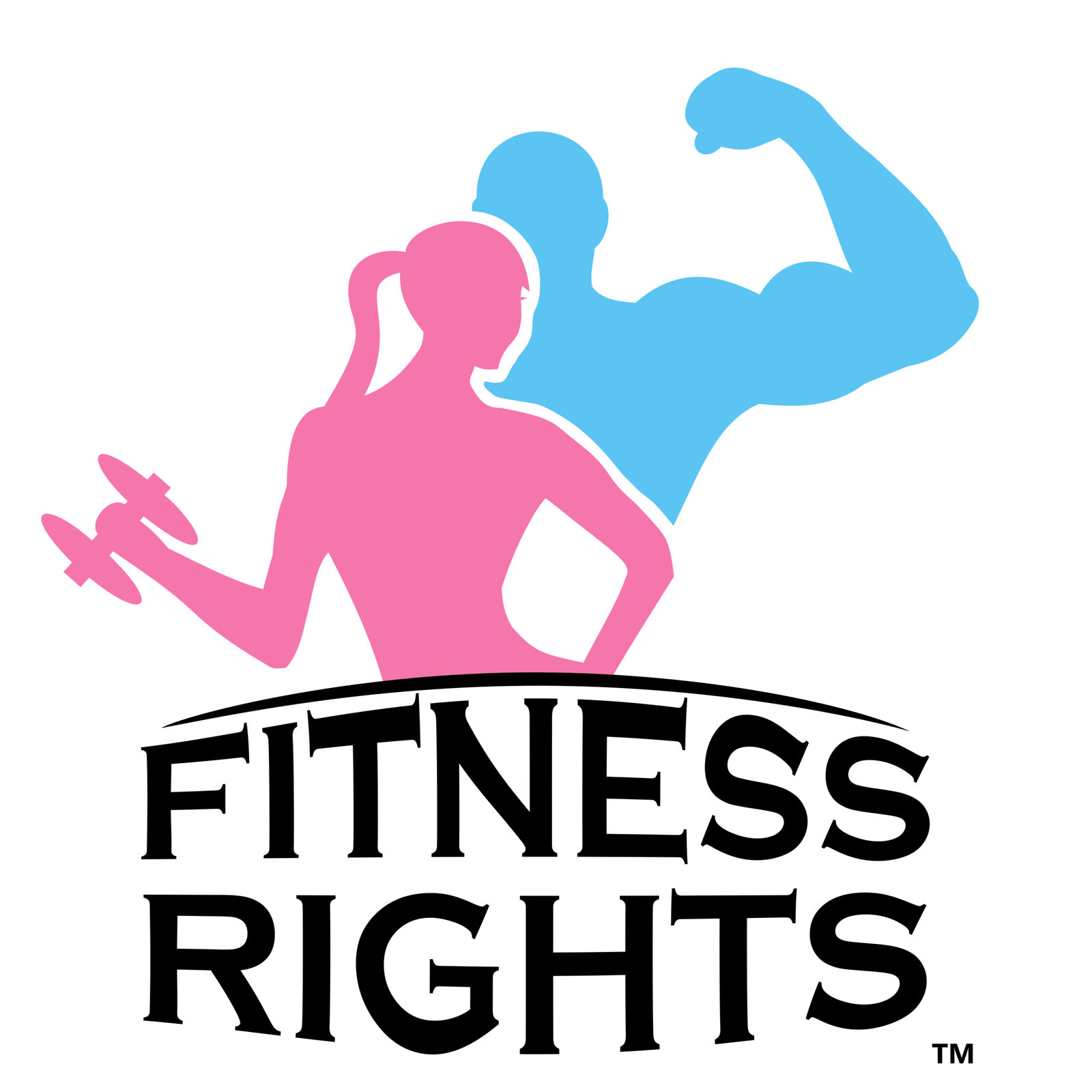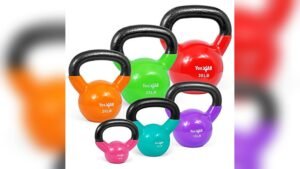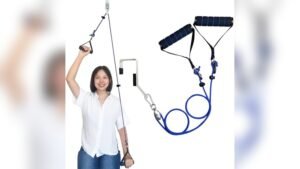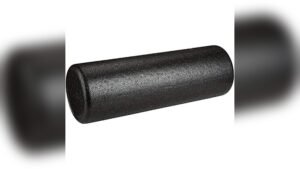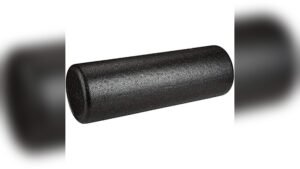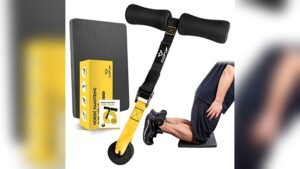Have you ever thought about the significance of having strong forearms? There’s more to it than just flexing those muscles. Having strong forearms can significantly improve your arm strength and functionality, which can make everyday tasks much easier to handle. Introducing hand grippers, a highly effective workout tool that focuses on these specific muscles.
Hey, let’s check out hand gripper exercises and see how they can help you develop your forearms. It’s pretty fascinating!
Table of Contents
ToggleUnderstanding Hand Grippers
A hand gripper is a small, hand-held tool used to build strength in the hands, fingers, and forearms. Typically, a coil spring links two handles, imparting resistance to them. People work out their grip by squeezing the handles together, which builds muscle stamina and agility. Hand grippers are popular with artists, sports, and people who have hurt their hands and are healing. They can also help you get a better grip on things you use every day, and they’re small enough to take with you to the gym. A lot of people use this tool in strength training routines and physical rehab.
Types of hand grippers
Adjustable Grippers
These grippers allow you to adjust the resistance level, making them perfect for both beginners and advanced users.
Fixed Resistance Grippers
They offer constant resistance and are typically used by those who prefer consistent strength in their workouts.
Digital Grippers
Incorporate technology to track your progress, adding a modern twist to grip training.
Material and Ergonomics
The material of the gripper affects its durability and grip comfort. Ergonomically designed grippers reduce the risk of hand fatigue and injury.
How Grippers Target Forearm Muscles
Grippers are great tools for working on and building forearm muscles. Let me break down how they work and target those muscles:
Primary Muscles Worked:
The forearm grippers primarily focus on the flexors and extensors of the forearm. These muscles collaborate to compress and release the handles of a hand gripper. Using grippers regularly can help you develop strength and endurance in these muscles.
Technique and Procedures:
Getting the most out of forearm grippers requires using the proper technique and following effective training methods. Remember to utilize a complete range of motion and maintain the peak contraction while performing the exercise. Ensuring effective engagement of the forearm muscles throughout the workout is crucial.
Training Procedure:
Here’s a simple way to do it:
- Hold the gripper so it’s fully open.
- Make sure it is clear.
- Close it entirely by using your hand.
- Finally, go back to the starting position.
Doing this action repeatedly helps strengthen the muscles in your hand and forearm that control your grip.
Anatomy of the Muscles:
In total, there are 19 muscles in the forearm, and these muscles are further divided into two groups. The flexor group contains eight muscles, while the extensor group contains 11 muscles. The front side of the forearm houses the flexor group, whereas the backside hosts the extensors. Grippers are great for targeting specific muscle groups, helping to improve grip strength and develop forearm muscles.
Secondary Muscle Engagement
The biceps and triceps, in addition to the primary forearm muscles, can also be engaged to a lesser extent when using grip strengtheners. Training consistently for 1-2 months is usually enough to see muscle development in the forearms.
.Grippers specifically work on the flexor and extensor muscles, enhancing grip strength and forearm muscle development.
Practical Hand Gripper Exercises for Forearm Strength
Basic Gripper Squeeze
Technique and Posture
Hold the gripper in your hand with a firm yet comfortable grip. Ensure your wrist is straight.
Repetitions and Sets
Start with 10-15 squeezes per set, gradually increasing as you build strength.
Hold and Release
Exercise Procedure
Squeeze the gripper, hold for a few seconds, and release. It builds endurance.
Benefits for Endurance
This exercise improves your ability to hold objects for extended periods.
Reverse Grip Squeeze
Technique Explanation
Flip the gripper so that the palm faces down. Squeeze using the same motion.
Muscles Targeted
This variation works on different forearm muscles, providing a balanced workout.
Gripper Walks
How to Perform
Squeeze the gripper while taking a walk, alternating hands.
Impact on Grip Strength and Coordination
Enhances grip strength and hand-eye coordination.
Integrating Hand Gripper Workouts into Your Routine
1. Creating a Balanced Forearm Workout Plan
2. Include a mix of grip exercises to target all areas of the forearm.
3. Frequency and Duration of Gripper Exercises
Aim for 3-4 sessions per week, with each session lasting about 10-15 minutes.
Pairing with Other Forearm Strengthening Exercises
Combine gripper exercises with wrist curls and reverse wrist curls for comprehensive forearm strengthening.
Tips for Maximizing Results with Hand Grippers
Slowly increasing the resistance or number of repetitions is critical to effectively improving grip strength. You have a couple of options to achieve this. One way is to increase the resistance of the hand grippers gradually. Another approach is to increase the number of repetitions over time gradually. Starting with an achievable level and gradually increasing the challenge helps your muscles adapt and grow consistently, preventing any stagnation in your strength development.
The significance of rest and recovery: Strength gains are not solely a product of training but also of allowing yourself adequate time to rest and recover. Not taking enough time to rest and recover can take a toll on your muscles. It can make you feel tired, make it harder to perform at your best, and even put you at a higher risk of getting hurt. It’s important to incorporate rest days into your training routine so that your muscles have time to recover and grow. Proper nutrition and quality sleep are essential for rest and muscle health.
Tracking Grip Strength Progress: It’s essential to monitor your grip strength improvement to get the most out of your hand grippers. It’s a good idea to regularly check your grip strength to see how well your training routine is working and decide if you need to make your workouts more challenging. You can monitor your progress by using objective measures like grip strength tests or by observing how easily you can complete tasks or exercises that were previously more challenging.
Common Mistakes to Avoid
When doing handgrip exercises, staying away from common mistakes can make your workout a lot more effective. Here are some essential things to think about:
1. Pay attention to your body: When doing handgrip exercises, it’s important not to push yourself too hard, as this can cause injuries. Hand and finger muscles and tendons are very weak. Using a hand gripper that gives too much force can hurt these structures, which could lead to an accident. Choose a strength that lets you do 10 to 15 reps without any problems. There may be too much pressure if you can only do a few reps.
2. Wrong Gripper Size or Resistance Level: If you use a hand gripper with the wrong resistance level, it can slow you down. If it’s too easy, you won’t be able to improve your wrist mass or maximum hand grip strength. On the other hand, if the barrier is too strong, it can hurt you. Also, using a cheap hand grip exerciser may not be helpful because they aren’t always made with ergonomics in mind, which can cause pain or injuries. A good hand grip exerciser that fits well in your hand is something you should buy.
3. Neglecting Other Arm Muscles: If you don’t give your fingers, hands, wrists, and elbows enough rest, you could overtrain with hand grippers. Hand grippers should not be used for at least 48 hours after the last workout so that muscles can recover. This method keeps you from overtraining and makes sure that your arm strength thrives.
To sum up, for a safe and effective handgrip exercise routine, it’s important to avoid overtraining, use the right gripper size or force, and remember to work out your other arm muscles too.
Frequently Asked Questions
Q1.How often should I use a hand gripper for optimal results?
Ans. Ideally, incorporate hand gripper exercises into your workout routine 3-4 times a week. This frequency allows for adequate muscle recovery while ensuring consistent progress.
Q2.Can hand gripper exercises improve my performance in other sports?
Ans.Absolutely! More muscular forearms and improved grip strength significantly enhance performance in sports like tennis, golf, climbing, and weightlifting.
Q3.Are hand grippers suitable for all fitness levels?
Ans. Yes, hand grippers come in various resistance levels, making them suitable for everyone, from beginners to advanced users.
Q4.Can using hand grippers help in injury prevention?
Ans. Strengthening your forearms and improving your grip can reduce the risk of injuries related to weak muscles and poor grip strength.
Q5. How long does it take to see results from using hand grippers?
Ans. Consistent usage can result in visible enhancements in grip strength and the development of forearm muscles in just a few weeks, depending on how often and how intensely you engage in the activity.
